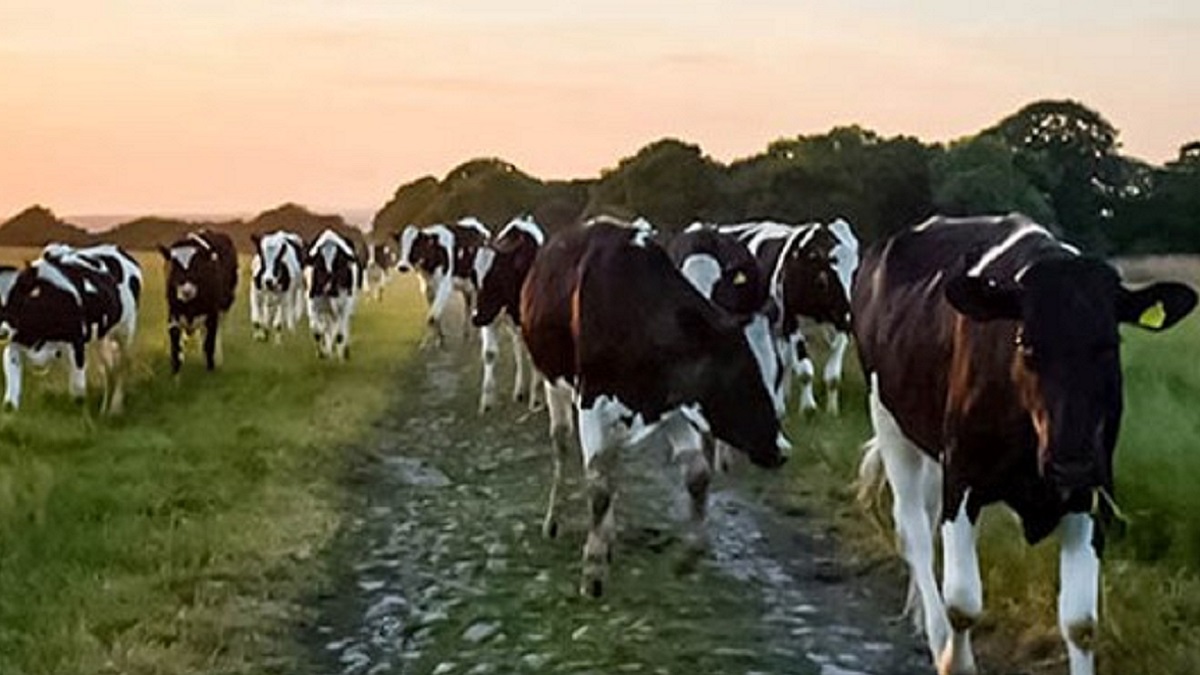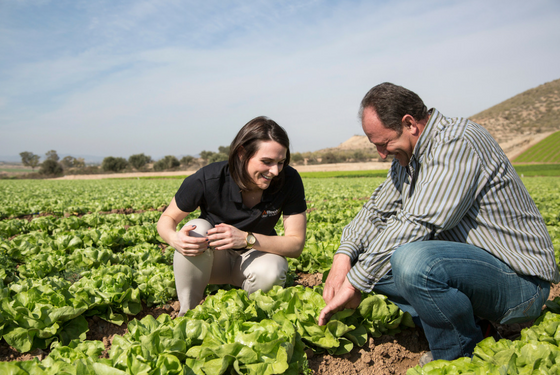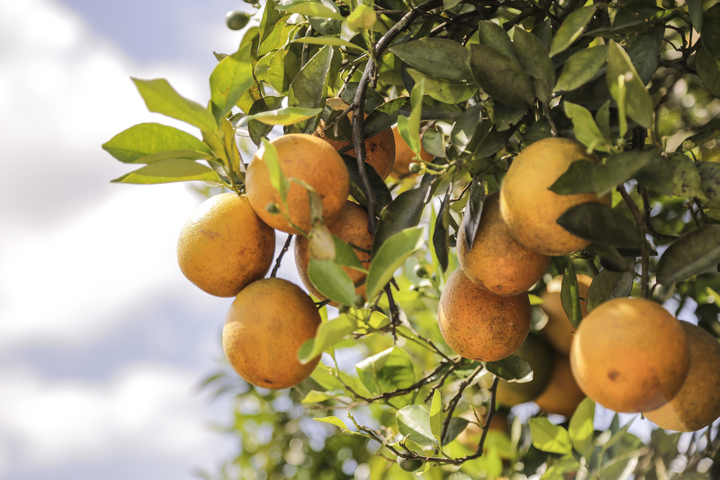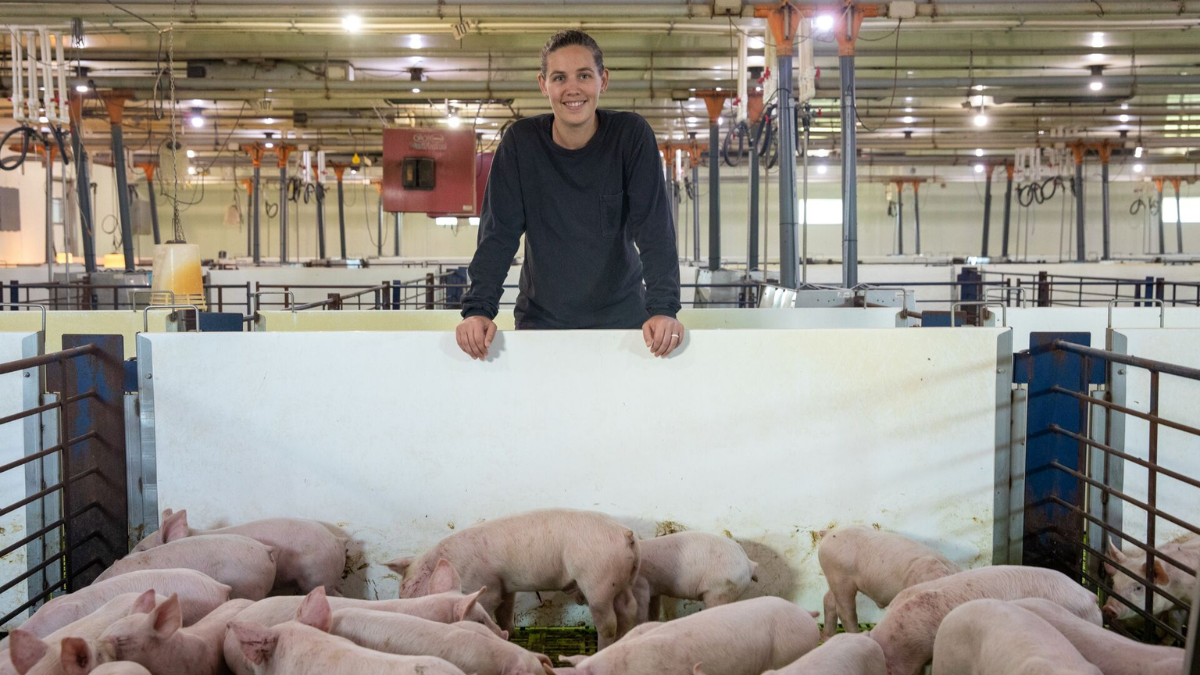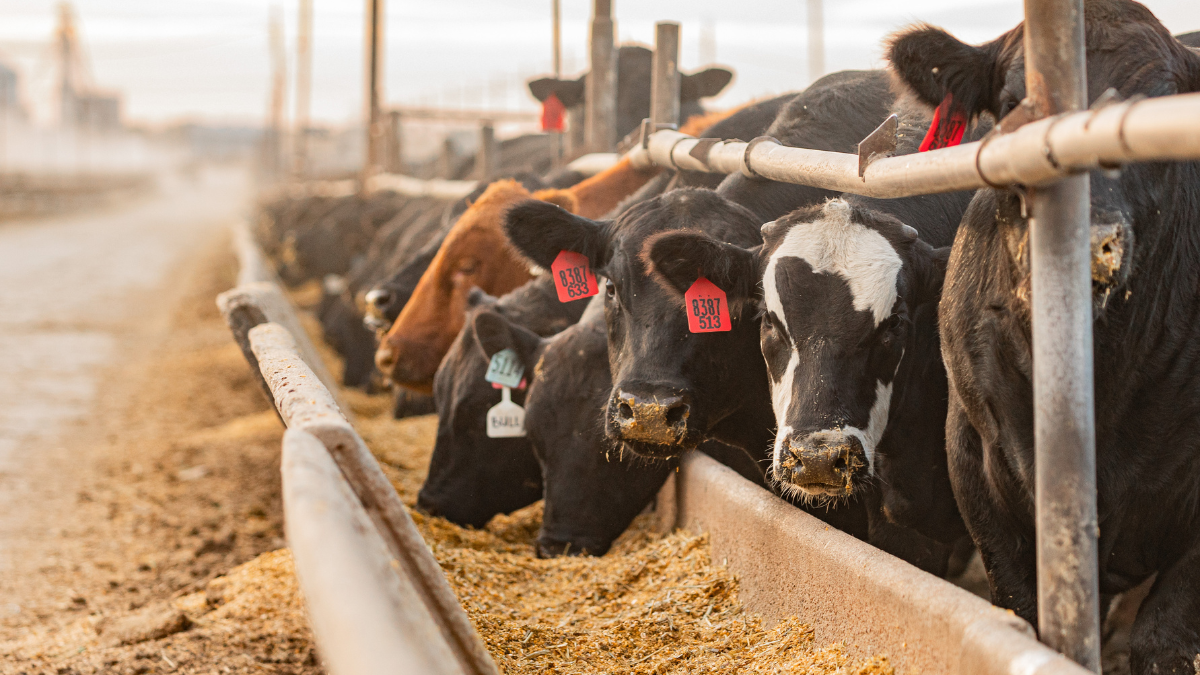How trace mineral status affects reproductive efficiency in bulls
When working to maximize fertility in cattle, cows are often the focus. However, bull fertility is a crucial consideration for any beef operation. Not only do bulls contribute to the genetic improvement of the herd, but bulls with poor fertility — or any characteristic that affects their ability to breed — can significantly reduce the pregnancy and weaning percentage of the cow herd, lowering productivity and profitability.
Many factors, including management, genetics and even nutrition, can impact both female and male fertility. The nutritional status of the bull, and even the nutritional status of his dam during her gestation with him, have been linked to the calf’s gains, age of puberty attainment, and even semen quality.
How trace minerals boost fertility
While proper energy and protein supplementation are key, the importance of trace minerals cannot be underestimated. These essential nutrients, including zinc (Zn), manganese (Mn), copper (Cu) and selenium (Se), are known to be involved in hormone secretion and synthesis, and they are needed for the normal functioning of the hypothalamus-pituitary-gonadal axis (Watts, 1990).
Table 1. Function and deficiency symptoms directly related to reproduction in ruminants (Ewing and Charlton, 2007)
Functions
- Zn: Involved in production, storage and secretion of hormones that regulate several systems including immunity. Key constituent of insulin, testosterone and adrenal corticosteroids.
- Mn: Involved in cholesterol synthesis, insulin activity, and production of thyroxine, in addition to the production and synthesis of hormones including estrogen, progesterone and testosterone.
- Cu: Component of, or essential to the activity of, many enzymes, including those involved in immunity and reproduction.
- Se: Plays a role in the production of thyroxine hormone, which can affect growth rates. Promotes reproductive function.
Deficiencies
- Zn: Zinc deficiency can impair sexual function, with lower conception rates, reduced testis growth and severely impaired spermatozoan maturation.
- Mn: Manganese deficiency can lower fertility in adults and lead to reproductive failure through impaired or irregular estrus, fetal reabsorption, or deformities.
- Cu: Copper deficiency can be associated with reproductive failure, including issues with reduced fertility, delayed or depressed estrus, abortion, and poor semen quality.
- Se: Poor selenium status contributes to reproductive disorders including cystic ovaries and metritis, as well as problems with estrus, ovulation, embryo fertilization and development. It can also impair sperm motility.
Trace minerals to support both cows and bulls
In areas where known trace mineral deficiencies exist, especially in regards to zinc, manganese, copper and selenium, supplementation with organic trace minerals (such as Alltech’s selenium yeast technology Sel-Plex® as well as its Bioplex® Cu, Mn and Zn) can be advantageous. Organic trace minerals, as opposed to commonly used inorganic types, are more bioavailable and thus better utilized by the animal. This is less wasteful and more efficient, and it helps to prevent harmful excretions of unused minerals into the environment.
Reported improvements in reproductive efficiency with organic trace minerals have included higher pregnancy rates and weaning percentages, fewer open days, and earlier puberty attainment.
While trace mineral requirements are often higher than maintenance needs for optimized health and fertility, and while the 2000 edition of the NRC defines these requirements clearly for gestating and early-lactation cows as well as for growing and finishing cattle, no specific requirements are listed in the NRC for bulls. Given the importance of trace minerals, however, especially in relation to hormone synthesis and spermatogenesis, trace mineral supplementation should be a key part of bull management even well before the onset of breeding season. For example, it takes approximately 60 days for new sperm to be produced and to mature; therefore, proper supplementation prior to bull turnout is key.
Bull fertility starts in utero
Trace minerals can also have an impact on fetal development and programming. One published beef study looked at the selenium form (inorganic selenium vs. Sel-Plex) fed to cows during gestation, examining how these two selenium sources affected transcriptome profiles in neonatal calf testes. The authors reported that the selenium form fed to the dam affected the expression of 853 annotated genes, including several mRNAs involved in the regulation of steroidogenesis and/or spermatogenesis (Cerny et al., 2015). This indicates that the form of selenium fed to the dam could impact the eventual fertility of her offspring.
In conclusion, the development of fertility in both heifers and bulls can be strongly affected by nutrition, starting in utero. Ensuring proper nutrition for the entire herd, not just the cows, is essential for a successful and profitable breeding season. Even small changes in overall nutrition, such as the inclusion of organic trace minerals such as Bioplex and Sel-Plex, can pay huge dividends, not only for the immediate calving season but over the productive lifespan of replacement heifers and bulls as well.
About the author:

Laurentia van Rensburg is the global head of commercial (nutrition), Technology Group at Alltech. Prior to this role, she was the technical mineral manager for the Alltech Mineral Management platform. Laurentia has more than 15 years of experience in the livestock and animal science industries and has served in various roles in South Africa, the Netherlands, Latin America and North America.
Originally from South Africa, Laurentia earned a master's degree in animal science from the University of Kentucky.
I want to learn more about nutrition for my beef cattle.
- Read more about How trace mineral status affects reproductive efficiency in bulls
- Log in to post comments
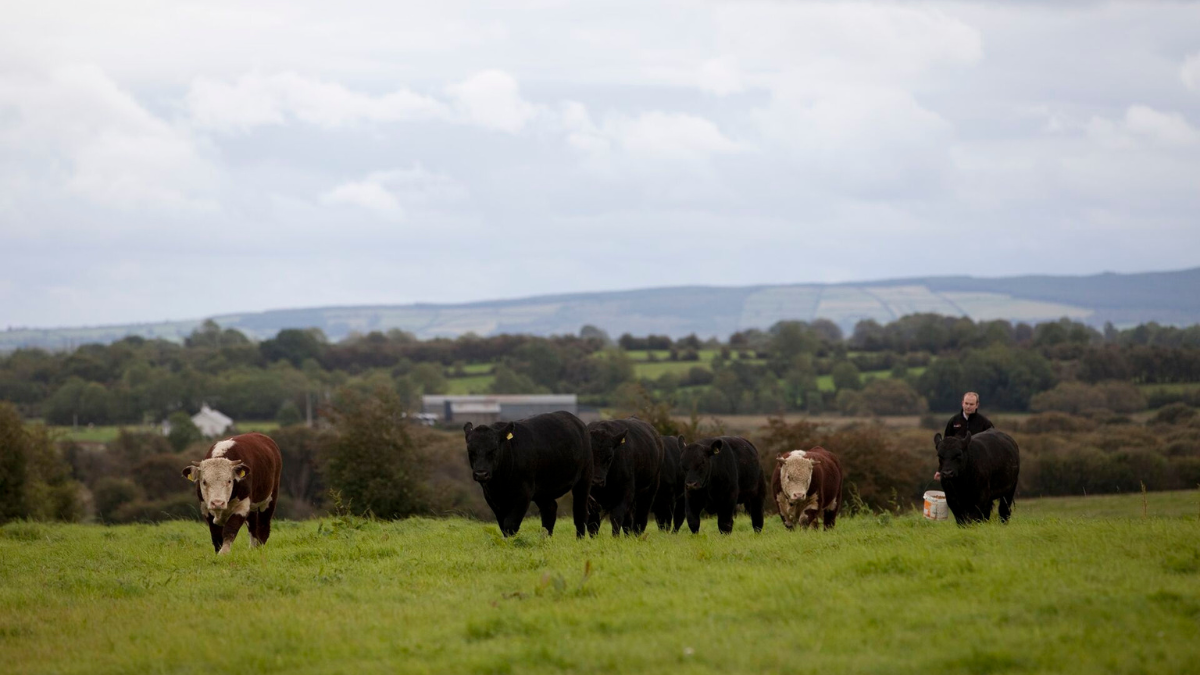
<script charset="utf-8" type="text/javascript" src="//js.hsforms.net/forms/v2-legacy.js"></script>
<![endif]-->
<script charset="utf-8" type="text/javascript" src="//js.hsforms.net/forms/v2.js"></script>
<script>
hbspt.forms.create({
portalId: "745395",
formId: "e4b8cd32-e447-42d0-8665-673f8d56b8fe"
});
</script>
















